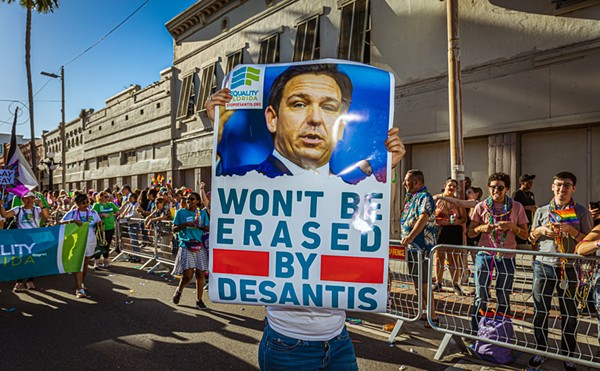“Go to school!” your parents command. You go to college, make friends, join some clubs, and have a kick-ass time. You then graduate, expecting employers to flock to you with jobs that pay six figures. But reality kicks you in the face. You’re 25, living in an apartment and repeatedly declining your friends’ offers to go out to eat; you simply can’t afford it. “Get a house! Have a family!” your parents tell you. Every paycheck falls apart before your eyes as bits and pieces go toward paying back your loans, your rent, phone bill, medical insurance, and more. Was college some practical joke? Was it even worth it?
Schools, teachers, parents, and society all deem college an essential rite of passage for teenagers and young adults. Unfortunately, college can come at a hefty price. Unlike higher-education institutions in many European countries, where student costs are often government-subsidized, colleges in the United States require students to pay for pretty much everything (primarily in the form of tuition and fees). Since most students and their families can’t cough up $20,000 a year (and that’s only for public in-state school!), many students take out loans either through the government or through private lenders to help pay for their education. That’s where things get messy.
Many studies and websites have predicted a new financial crisis in light of rapidly increasing student debt, which recently topped $1 trillion. The graduating class of 2014 ranked as the most indebted class in history. As more and more students attend college, the supply of college degrees begins to outweigh the demand for jobs. Employers no longer see a college degree as a hot ticket item and now prioritize resumes with actual job experience and internships over students who got 4.0 GPAs in college.
Tuition keeps rising, which only complicates matters. The federal and state governments cut funding for public universities, which directly results in the rise of tuition costs and the decrease of non-loan financial aid like grants and scholarships. Florida college students notice this effect as the Bright Futures scholarship continues to dwindle, now a far cry from the days where it completely covered tuition costs. A study conducted by the Institute for Policy Studies found that universities with the highest-paid leaders ended up burdening their students with the most debt, which doesn’t seem very fair at all.
Luckily the situation may not be as dire as it seems. President Obama recently announced the launch of Income-Driven Repayment plans, or “pay-as-you-earn” programs. These plans take a fixed percentage out of a graduate’s income depending upon his or her salary and family size to alleviate the repayment of loans. The plans also forgive all debt not paid off after 20 years (or 10 years if one works for the government). However, this slower method of repayment may end up exacerbating the amount of interest a person accrues.
Interest represents another problem in the life of a post-graduate. A student who graduates with $20,000 in loans can have that amount skyrocket depending upon how much she regularly pays. Senator Elizabeth Warren recently introduced the Bank on Students Emergency Loan Refinancing Act; this act would have allowed previous graduates to refinance their loans at current interest rates but was shot down in a 56-38 vote (60 votes required to pass) due to a stipulation in the bill requiring millionaires to be taxed 30 percent of their income.
The government and numerous colleges continue to pursue ways to alleviate the crippling amount of debt students now face. Next year Florida Pre-paid Tuition Plan prices will drop by $20,000, helping all past, present, and future plan members pay for their children’s future college education. New Florida legislation also allows all undocumented immigrants who attended high school for at least three years and applied to college within two years of graduation to pay in-state tuition for school. However, the government deems these students ineligible for state financial aid.
Tuition and loan amounts rise while new programs and legislation attempt to help students out. Is another recession inevitable? Are students truly in danger? The Brookings Institute recently released the results of a decade-spanning study that found no such signs of an impending crisis. The study found income devoted to loan repayment remained consistent over the past two decades and 58 percent of college graduates have less than $10,000 worth of debt. Brookings also concluded students with more than $100,000 worth of loans represent only 2 percent of households. Students who accumulate debt without finishing a degree now represent 41 percent of indebted students.
The government may continue to pursue programs to alleviate post-grad problems, but so far no proposed solution offers peace of mind. In the meantime, don’t think your bachelor’s degree will offer you solace. Think of it as a glorified high school diploma and build your resume to secure your future.
A senior at the University of Florida pursuing an English major and a Mass Communication minor, Cody Smith surprisingly dislikes annotating Russian literature and penning essays on Dickens. When he’s not hanging out with his girlfriend, friends, family, his dachshund Dustin, or his two cats P.J. and Lowla (a munchkin cat, pun intended), he’s exploring the latest album releases and catching up on past musical trends.
















